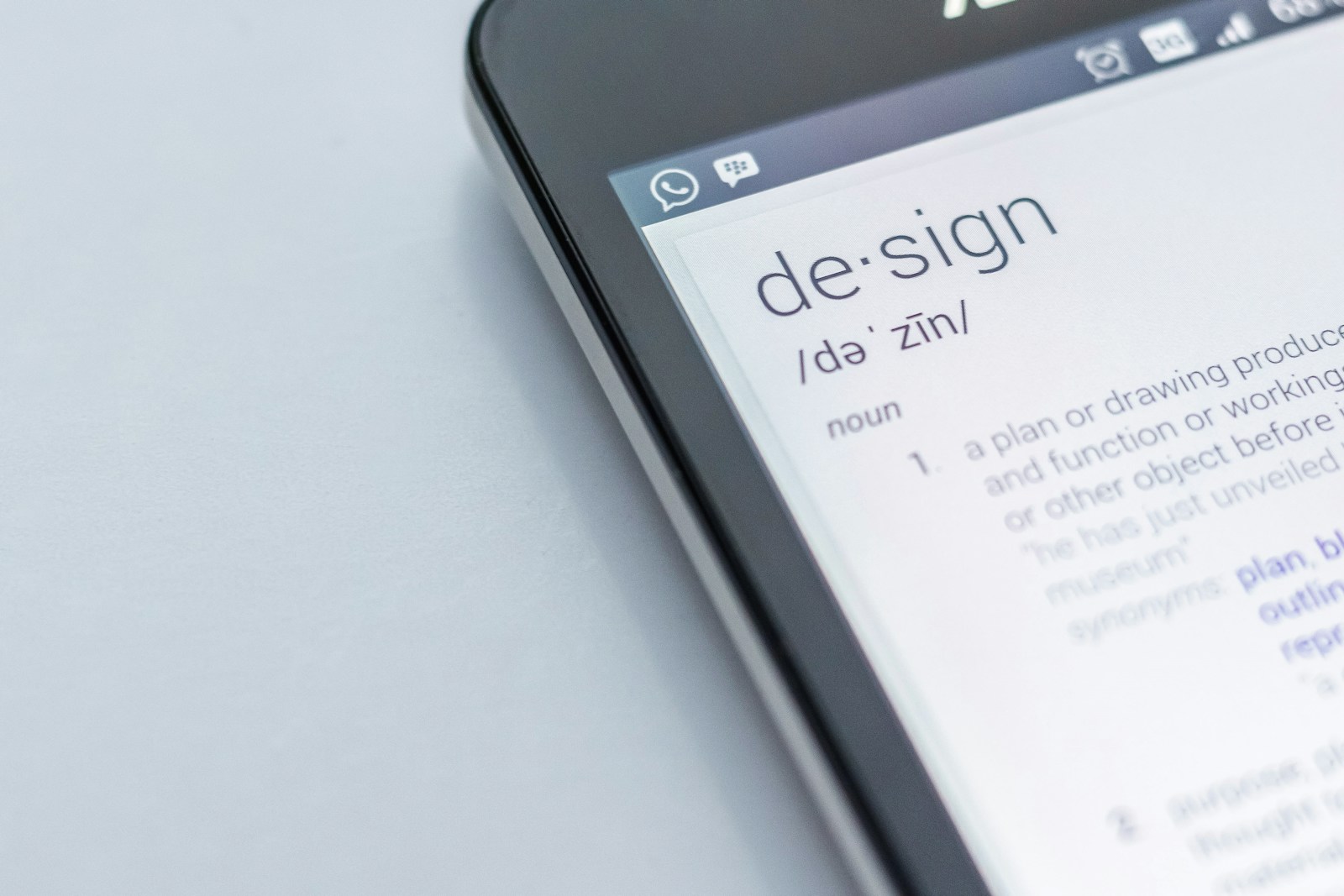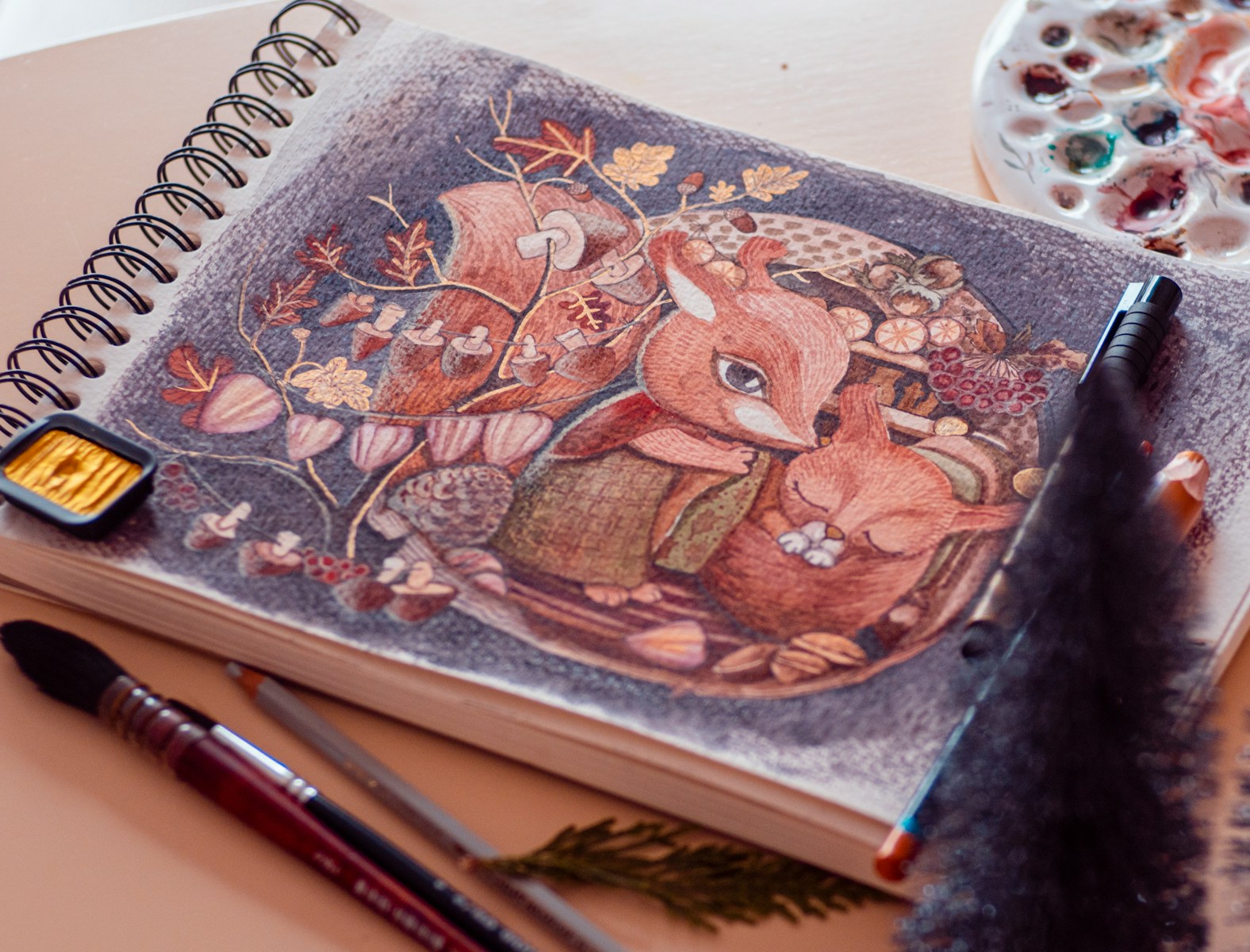
In today’s fast-paced digital landscape, creating ads that capture attention and drive results is more challenging than ever. Ad design isn’t just about aesthetics; it’s about crafting a message that resonates with your audience while standing out in a sea of competition. Whether you’re a seasoned designer or just starting, these insider tips, little-known hacks, and next-level techniques will help you elevate your ad design game.
1. Start with a Strong Concept
The foundation of any successful ad campaign is a strong concept. Before you dive into the design, spend time brainstorming and refining your core idea. What message do you want to convey? How does it align with your brand’s values and goals? Your concept should be clear, concise, and compelling.
Insider Tip: Use a mind map to explore different angles of your concept. This visual brainstorming tool can help you connect ideas and uncover unique perspectives that may not be immediately obvious.
2. Prioritize Simplicity and Clarity
In ad design, less is often more. A cluttered ad can confuse your audience and dilute your message. Instead, focus on simplicity and clarity. Use clean lines, minimal text, and a clear focal point to guide the viewer’s eye.
Little-Known Hack: Apply the “10-Second Rule” to your designs. If your audience can’t grasp the main message within 10 seconds, it’s time to simplify. Test this by showing your ad to someone unfamiliar with the project and timing their reaction.
3. Harness the Power of Color Psychology
Color is a powerful tool in ad design, capable of evoking emotions and influencing perceptions. Understanding color psychology can help you choose the right palette to reinforce your message and brand identity.
Next-Level Technique: Experiment with contrast and complementary colors to make key elements of your ad pop. For example, if your ad has a calm, neutral background, use a bold, vibrant color for the call-to-action button to draw attention.
4. Leverage Visual Hierarchy
Visual hierarchy refers to the arrangement of elements in a way that guides the viewer’s eye through the ad. This technique ensures that the most important information is seen first and that the viewer’s attention flows naturally from one element to the next.
Insider Tip: Use size, color, and placement to create a clear visual hierarchy. Headlines should be prominent, followed by subheadings, and then body text. This approach not only makes your ad more readable but also more effective in conveying your message.
5. Incorporate Social Proof
Social proof, such as testimonials, reviews, or user-generated content, can significantly boost the credibility of your ad. Including these elements in your design can persuade potential customers by showing them that others have already benefited from your product or service.
Little-Known Hack: Instead of just placing a review in your ad, try incorporating it into the design creatively. For instance, you could design the ad to look like a social media post or message thread, making the testimonial feel more authentic and relatable.
6. Optimize for Multiple Platforms
With ads appearing on various platforms, from social media to websites to mobile apps, it’s crucial to design with versatility in mind. Ensure that your ad looks great and functions well across different screen sizes and formats.
Next-Level Technique: Design your ads in modular components. This approach allows you to easily rearrange or resize elements to fit different platforms without losing the integrity of the design. It also makes it easier to update individual elements without reworking the entire ad.
7. Use Data-Driven Insights
One of the most effective ways to refine your ad design is by leveraging data. Analyzing past campaign performance can provide valuable insights into what works and what doesn’t. Use this data to inform your design choices, from color schemes to imagery to copy.
Insider Tip: A/B testing is a powerful way to gather data on your ad designs. Create two versions of an ad with slight variations and see which one performs better. Use these insights to guide future designs.
8. Experiment with Typography
Typography plays a crucial role in ad design, often conveying the tone and personality of your brand. Don’t be afraid to experiment with different fonts and styles to find the perfect match for your message.
Little-Known Hack: Pair a unique, attention-grabbing font for headlines with a clean, easy-to-read font for body text. This contrast can create a visual impact while maintaining readability.
9. Focus on the User Experience
Great ad design isn’t just about looking good—it’s about creating a seamless experience for the user. Consider the user journey from the moment they see your ad to the moment they take action.
Next-Level Technique: Implement interactive elements in your ad design, such as clickable hotspots or embedded videos. These elements can engage users more deeply and encourage them to interact with your content, leading to higher conversion rates.
10. Stay Updated with Design Trends
Ad design is constantly evolving, with new trends emerging regularly. Staying updated with the latest trends can keep your ads fresh and relevant, but it’s important to balance trendiness with timeless design principles.
Insider Tip: Follow design blogs, attend webinars, and participate in design communities to stay informed about the latest trends and techniques. However, always consider your brand’s identity and audience when incorporating trends into your designs.
Conclusion
Ad design is both an art and a science, requiring creativity, strategic thinking, and attention to detail. By applying these insider tips, little-known hacks, and next-level techniques, you can create ads that not only capture attention but also drive meaningful results. Keep experimenting, stay curious, and never stop refining your craft. Your next ad could be your best one yet.








